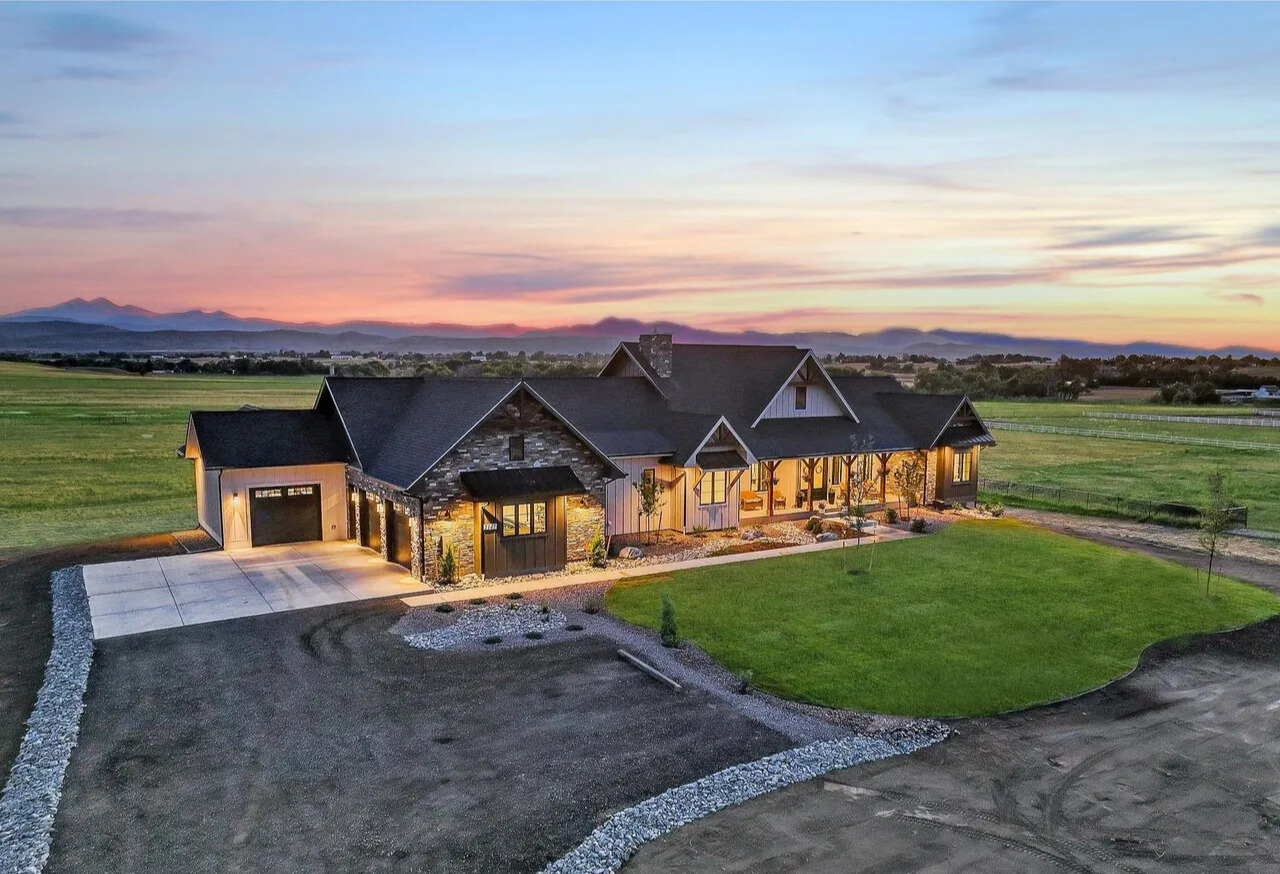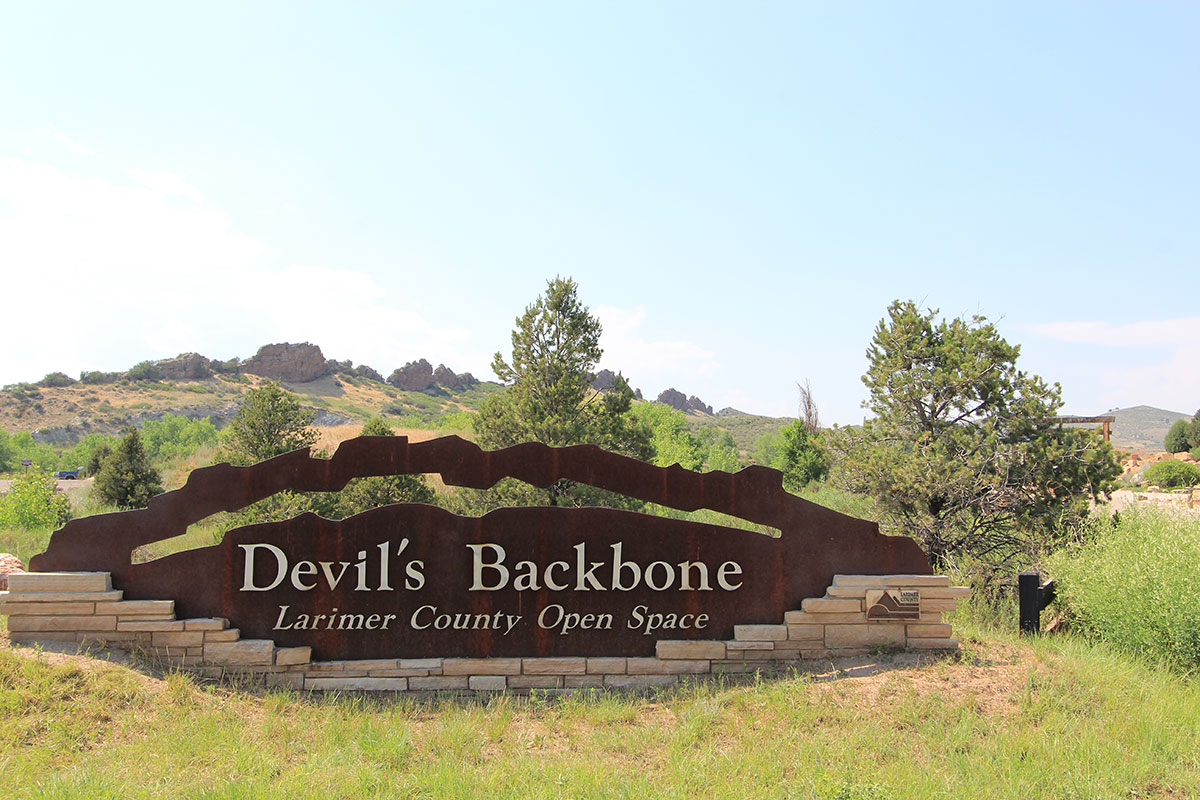With charming homes from the late 1800's, a vintage trolley, and downtown architecture used as inspiration for Disneyland's Main Street, the 175,000 inhabitants of Fort Collins have aptly named their town the 'Choice City'.
Fort Collins was founded as a military outpost of the United States Army in 1864. It succeeded a previous encampment, known as Camp Collins, on the Cache La Poudre River, near what is known today as Laporte. Camp Collins was erected during the Indian wars of the mid-1860s to protect the Overland mail route that had been recently relocated through the region. Travelers crossing the county on the Overland Trail would camp there, but a flood destroyed the camp in June 1864. Afterward, the commander of the fort wrote to the commandant of Fort Laramie in southeast Wyoming, Colonel William O. Collins, suggesting that a site several miles farther down the river would make a good location for the fort. The post was manned originally by two companies of the 11th Ohio Volunteer Cavalry and never had walls.
Settlers began arriving in the vicinity of the fort nearly immediately. The fort was decommissioned in 1867. The original fort site is now adjacent to the present historic "Old Town" portion of the city. The first school and church opened in 1866, and the town was platted in 1867. The civilian population of Fort Collins, led by local businessman Joseph Mason, led an effort to relocate the county seat to Fort Collins from LaPorte, and they were successful in 1868.
The city's first population boom came in 1872, with the establishment of an agricultural colony. Hundreds of settlers arrived, developing lots just south of the original Old Town. Tension between new settlers and earlier inhabitants led to political divisions in the new town, which was incorporated in 1873. Although the Colorado Agricultural College was founded in 1870, the first classes were held in 1879.
The 1880s saw the construction of a number of elegant homes and commercial buildings and the growth of a distinctive identity for Fort Collins. Stone quarrying, sugar-beet farming, and the slaughter of sheep were among the area's earliest industries. Beet tops, an industry supported by the college and its associated agricultural experiment station, proved to be an excellent and abundant food for local sheep, and by the early 1900s the area was being referred to as the "Lamb feeding capital of the world". In 1901 the Great Western sugar processing plant was built in the neighboring city of Loveland.
During the late 20th century, Fort Collins expanded rapidly to the south, adding new development, including several regional malls. Management of city growth patterns became a political priority during the 1980s, as well as the revitalization of Fort Collins' Old Town with the creation of a Downtown Development Authority. Fort Collins is now the fourth most populous city in Colorado and the 158th most populous city in the United States. The Census Bureau estimates that the city's population was 161,175 in 2015, the population of the Fort Collins-Loveland Metropolitan Statistical Area was 310,487 (151st most populous MSA), and the population of the Front Range Urban Corridor was 4,495,181.
Located along the Front Range of the Rocky Mountains, Fort Collins experiences a semi-arid climate, with four distinct seasons and low annual precipitation. Summers range from mild to hot, with low humidity and afternoon thunderstorms that frequently threaten but only occasionally deliver rain. Winters range from mild to moderately cold. The city experiences lots of sunshine, with 300 days of sunshine per year and 19 days with 90° + weather. The average temperature in July, the warmest month, is 71 °F (22 °C). The average temperature in January, the coldest month, is 29 °F (−2 °C). Annual snowfall averages 59 inches (1.5 m), and can occur from early September through the end of May. Average precipitation overall is 15.9 inches (400 mm).
WHY BUYING FORT COLLINS REAL ESTATE IS RIGHT FOR YOU
Old Town, Miller Brothers, Maple Hill, Reserve at Timberline, Rossborough, Dry Creek, Wagon Wheel, South College Heights, Registry Ridge, Huntington Hills, Willow Park, Village West, Lexington Green, Rigden Farm, Woodwest, Parkwood, Ridgewood Hills, Indian Hills, Sage Cree, Observatory Village, Brittany Knolls, English Ranch, The Ponds, Quail Hollow, Kechter Farm, Oakridge, Clarendon Hills, and Bucking Horse are just a few of the many diverse and cool neighborhoods in town.
Fort Collins is the largest city in northern Colorado and its industries are varied, ranging from upper education, bioscience, clean energy, and manufacturing, to high tech and software development. This is why Fort Collins real estate prices see little depreciation in down markets.
Fort Collins’ school district, Poudre School District, typically has a waiting list for teachers applying for employment from other districts, and thus one of the big reasons that residents love the local school system. The residents and local government have made a concerted effort for Fort Collins to retain its beautiful charm while also being a regional magnet for shopping and services.
Because the city’s population is larger than others in the region, there is more property inventory than neighboring towns. Fort Collins also boasts some of the most upscale urban condos and townhomes in the region, with walkability to restaurants and nightlife a huge bonus. Average home values have increased 102 % in the last ten years.
James has a proven track record in Fort Collins’ real estate market. If you’re looking to buy or sell a property in Fort Collins, look no further and contact James today.

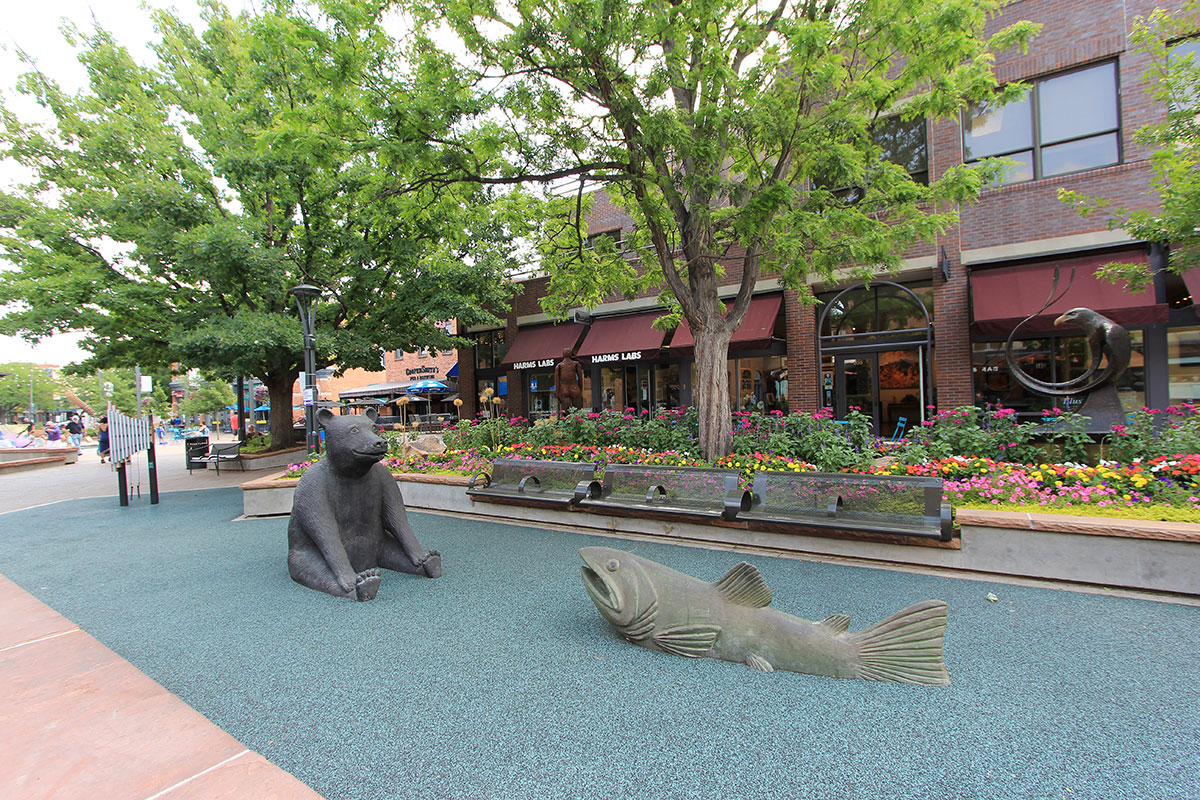
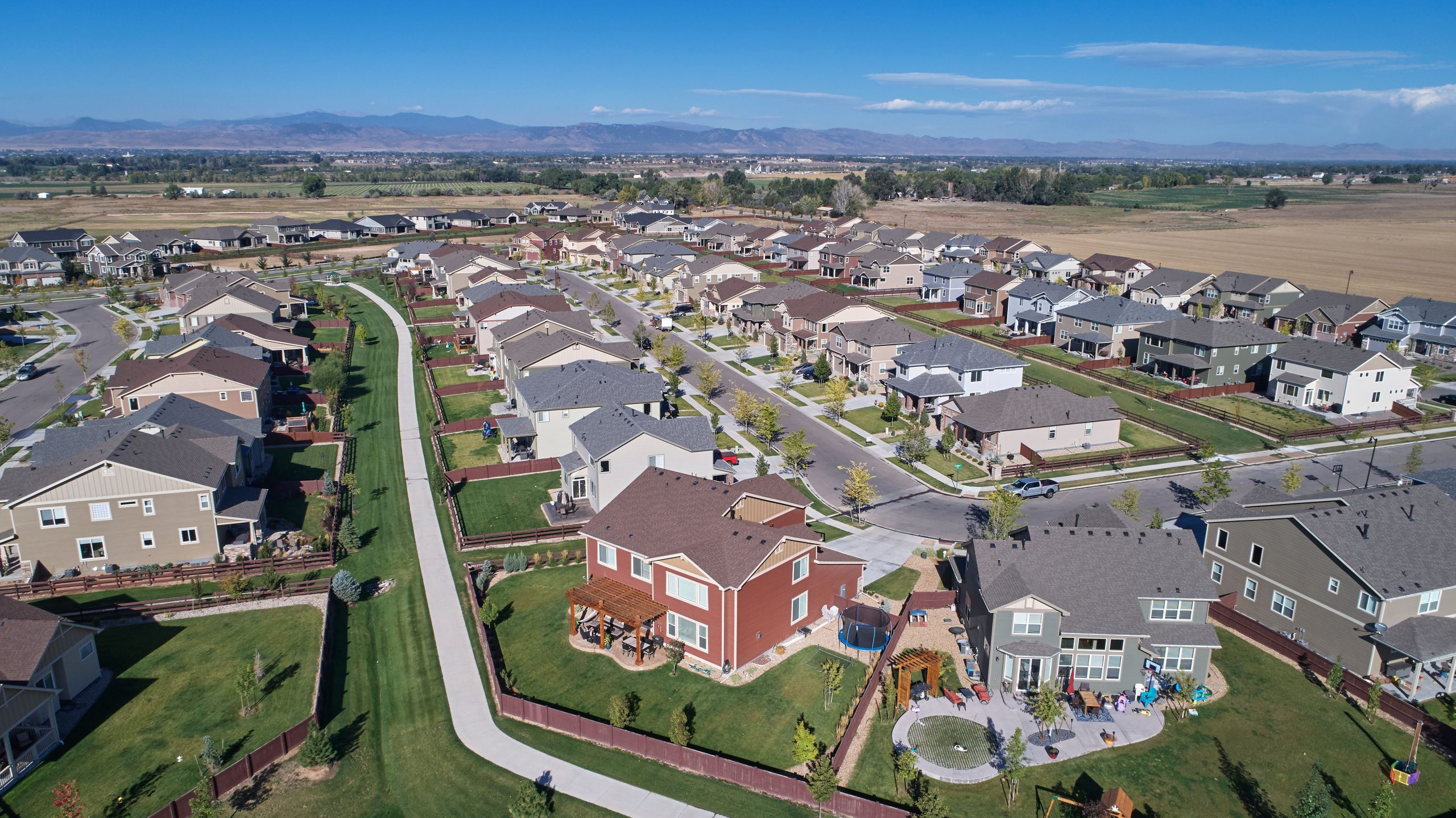
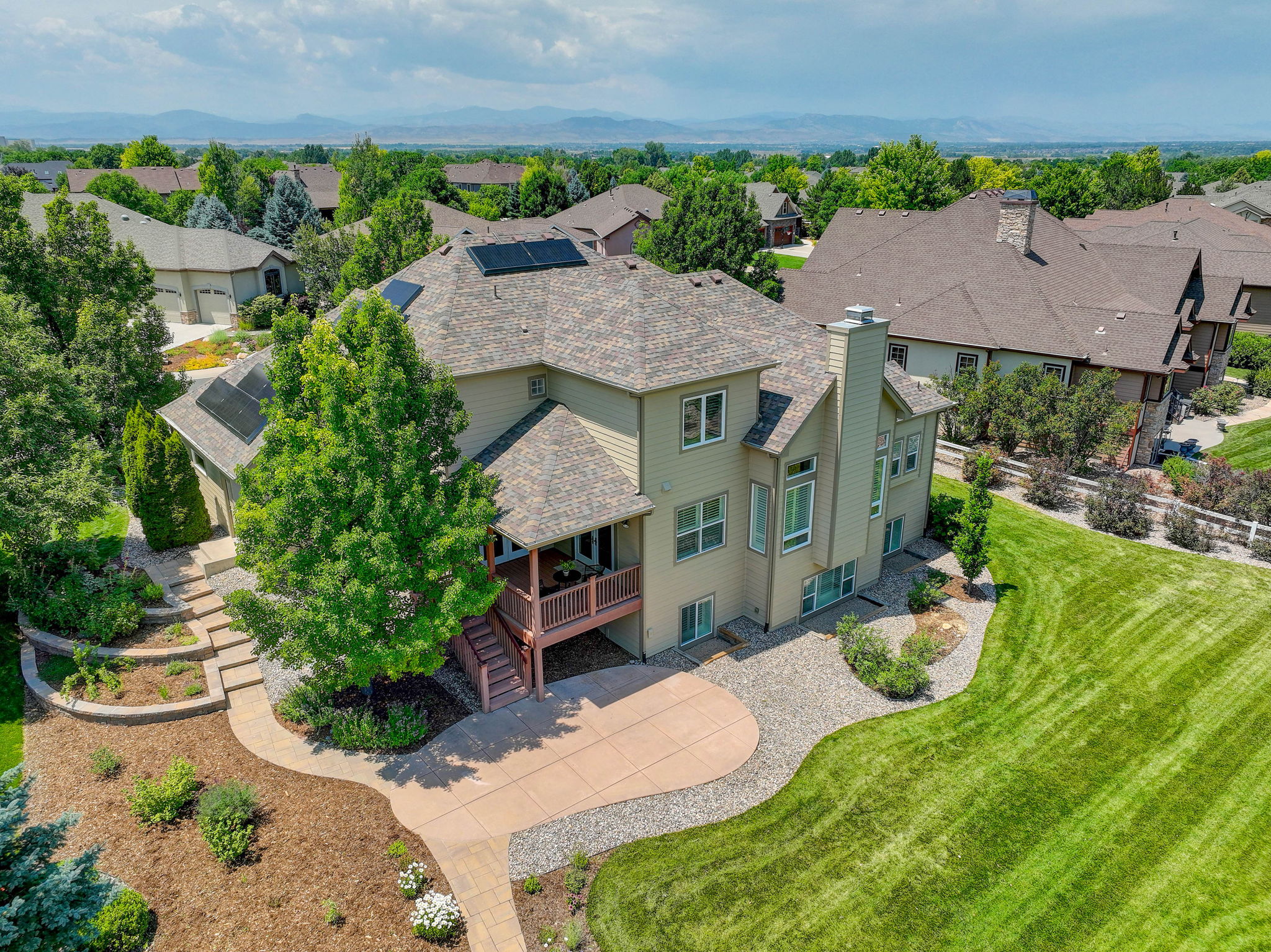
![Wellington 0 FM0 CR0 Prmid2 mxDrkA0.03 mxBrtA0.10 mxPkNSat3.39 dr0.03 br16.60 wdr0.00 wbr21.40 sbr8.81 ldr0.11 lp49.0 [f0] 111111001bfalic 00000](https://jamessack.com/files/2025/05/Wellington-scaled.jpg)
